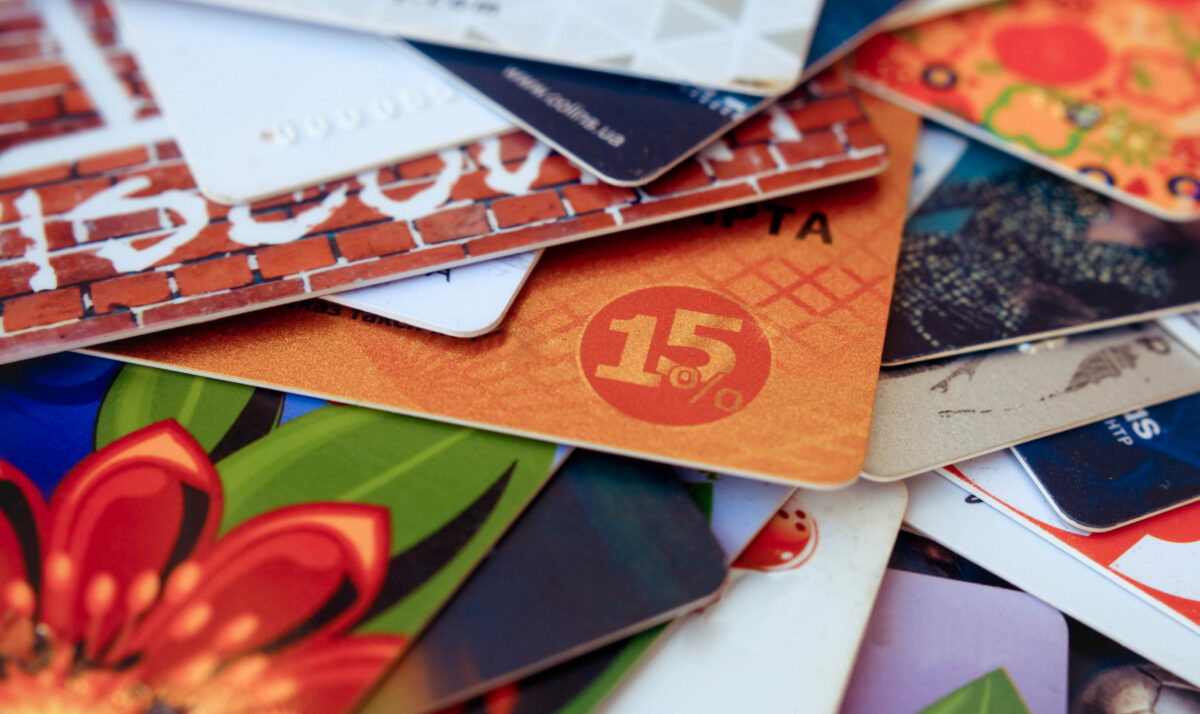
Prepaid gift cards are a popular holiday present. But these gifts can also be a versatile tool for defrauding consumers.
Protect your money and your identity by knowing how gift card scams work and remembering the following fraud prevention tips from the Department of Agriculture, Trade and Consumer Protection.
When buying gift cards for friends and family, you may find them sold in bulk or at discounted prices online. Be cautious of these deals. In some cases after consumers bought them, they discovered the cards were expired or already drained of funds. Other buyers never received them at all.
- Always buy gift cards directly from the retailer or an authorized seller. Never buy them from someone you do not know.
Some online ads or targeted email and text messages offer gift cards as incentive to sign up for a sweepstakes or fill out a survey, but these are usually bogus offers. The scammer will sell your private information after they obtain it without sending you the promised gift.
- Resist the temptation to hand over your personal information in exchange for a gift card. Even if you do receive a real card, you have no way of controlling what happens to your data afterwards.
When buying a gift card from a store, check it for tampering. Thieves have been known to scan cards on kiosks or shelves, record the data, then drain the funds remotely after a legitimate consumer purchases and activates them. Do not purchase an opened one.
- If possible, purchase a card that comes in fully enclosed packaging. This prevents it from being swiped by a card reader device or having the pin number scratched off.
Some companies are taking steps to combat gift card scams and fraud. If a scam happens to you, act fast.
- Report the scam to the card company, no matter how long ago it happened, and ask for your money back. If the card was frozen for a suspicious transaction or not yet drained, it may be recoverable.
For the best and most secure results, always encourage the recipient to spend their new gift card quickly after receiving and activating it.
